SOUTH BERWICK — Forest bathing – the practice of walking slowly through the woods to benefit from nature – came to Maine in the last year, but the certified guides who offer this therapy believe it will explode, much like yoga.
“Helping people communicate with trees helps them to communicate with themselves. They often share stories of family members. It’s a very common theme,” said Jeff Brogan, 42, a Registered Maine Guide who has trained in forest therapy. “Maybe because trees are part of a family in a community (of trees), and they’ve been here a long time. I don’t know what it is that draws these feelings out of people. Nature has that ability. That’s what I’m noticing as a guide.”
Forest therapy was first used in Japan in the 1980s to combat high levels of anxiety and stress, and even suicide. Since then researchers in Japan have found that the practice of spending prolonged periods in a forest – called shinrin-yoku or “forest bathing” – can boost the immune system, lower blood pressure, alleviate anxiety and help with attention deficit disorder.
Studies have just begun in the United States, but in 2007 the National Center for Biotechnology Information in Bethesda, Maryland, reported after a study that “Shinrin-yoku may be employed as a stress reduction method, and forest environments can be viewed as therapeutic landscapes. Customary shinrin-yoku may help to decrease the risk of psychological stress-related diseases and evaluation of the long-term effects of shinrin-yoku is warranted.”
Forest therapy involves meditative exercises interspersed through a three-hour slow walk through the woods. Every 20 or 30 minutes the guide suggests a new exercise, then to provide the opportunity to observe the forest and consider their thoughts or simply the tranquility in nature.
Then the group convenes in a council to share what they learned. Brogan said the stories people share can be powerful.
“There is so much in nature that is reflected in ourselves,” Brogan said. “It reflects themes, our history, where we came from. Hopefully people lose track of time. Today we are so severely punished whenever we lose track of time. In the forest you enter a timeless state. You follow the natural rhythm.”
The practice of connecting with nature to gain peace or wisdom goes back thousands of years. Shinrin-yoku is practiced around the world and appears to be spreading.
Nadine Mazzola of Acton, Massachusetts, became New England’s first certified forest therapy guide in 2015 and is now a mentor for new guides. She said there are about 25 trained guides in New England.
Mazzola, 52, pursued her certification after she was diagnosed with breast cancer in 2013. After her treatment in 2014, she found articles on how forest bathing boosts the immune system in cancer patients. She left her job in marketing to become a guide.
“I walked in the forest all through my mom’s (bout with) Alzheimer’s and my cancer, and after found the benefits were second to none,” Mazzola said. “The forest is the therapist; the guide just opens the door. There is a way nature has of supporting us.”
Brogan pointed out there are physiological benefits as well.
“Trees and plants emit essential oils,” he said. “(These oils) have anti-fungal and anti-bacterial benefits. It’s free medication. In Japan they’ve studied it and found the cypress trees are the most beneficial.”
Maine’s first certified forest therapy guide, Tracy Hall, was already a naturalist of 20 years. An environmental educator at the Boothbay Region Land Trust, she pursued her forest therapy guiding certificate to offer visitors one more way to enjoy and experience nature. She said it offers quite a bit.
“In the summer we see teenagers, moms with toddlers, all ages. People will say, ‘This is the first day of vacation. What a perfect way to start it right, and slow down,’ ” Hall said.
Susan Bickford is an artist, and a professor of visual and electronic art at the University of Maine at Augusta – as well as an avid kayaker. When Bickford found herself struggling to connect her students to a deeper connection with nature, she found herself drawn to forest therapy. The $3,800 price of the guide course almost deterred her, but only momentarily.
“I just kept coming back to it,” Bickford said. “Then when I took the training I thought, ‘I already do this.’ I was so totally wrong. There are an amazing set of exercises, ways to be in nature. It’s helped me help others slow down and notice nature.”
Bickford said it’s the next big thing, much like acupuncture and massage therapy.
“Once people do this, they’re going to crave it,” Bickford said. “Our society is sick, it’s anxious and people know they have to slow down. Everything has to be so immediate. The pendulum needs to swing the other way.”
As Brogan led a visitor on a forest therapy walk Thursday in the woods near Mt. Agamenticus, he started with exercises that encouraged the use of all five senses. Another exercise focused on motion through the woods.
Brogan took his time as he offered these invitations. Then he moved quietly ahead, as if forgetting his charge.
But after 15 to 20 minutes, he returned to bring the group together to share thoughts.
The exercises can lead to forgotten childhood memories, even epiphanies of loved ones who have passed on.
“Some smile, some shed tears,” Brogan said. “They find grief and let it go. People react in all different ways.”
Deirdre Fleming can be reached at 791-6452 or at:
dfleming@pressherald.com
Twitter: FlemingPph
Send questions/comments to the editors.


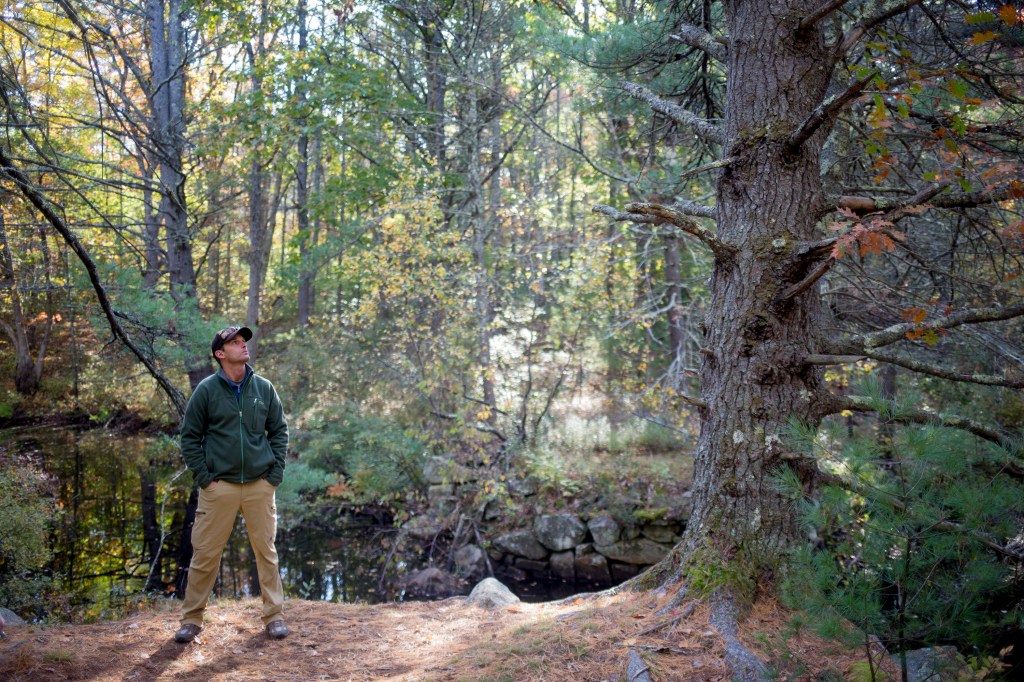
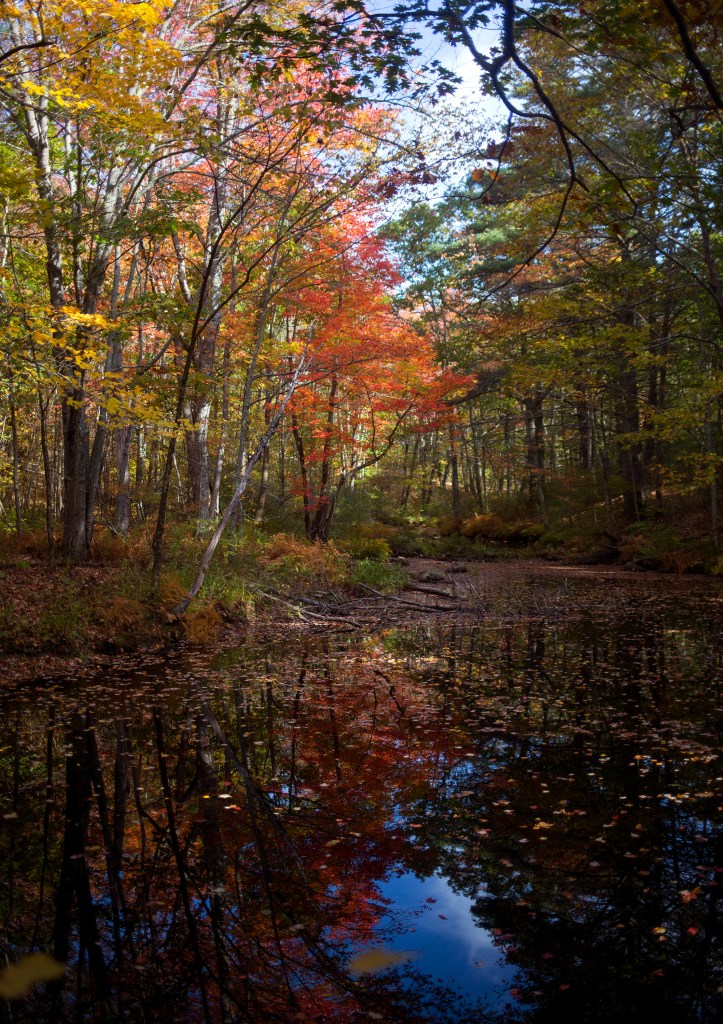
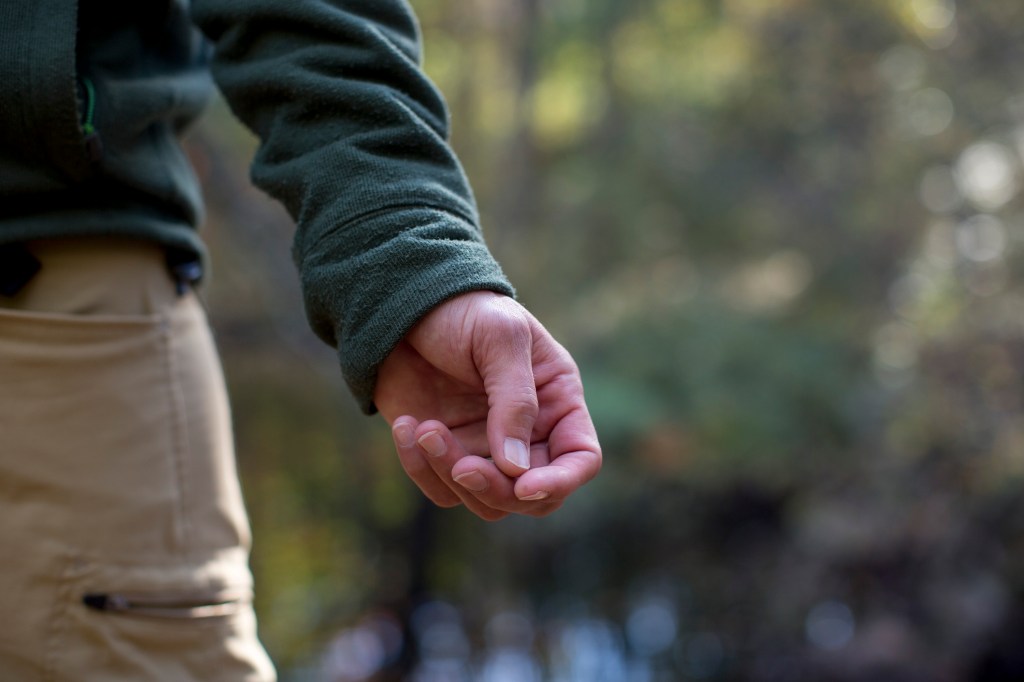
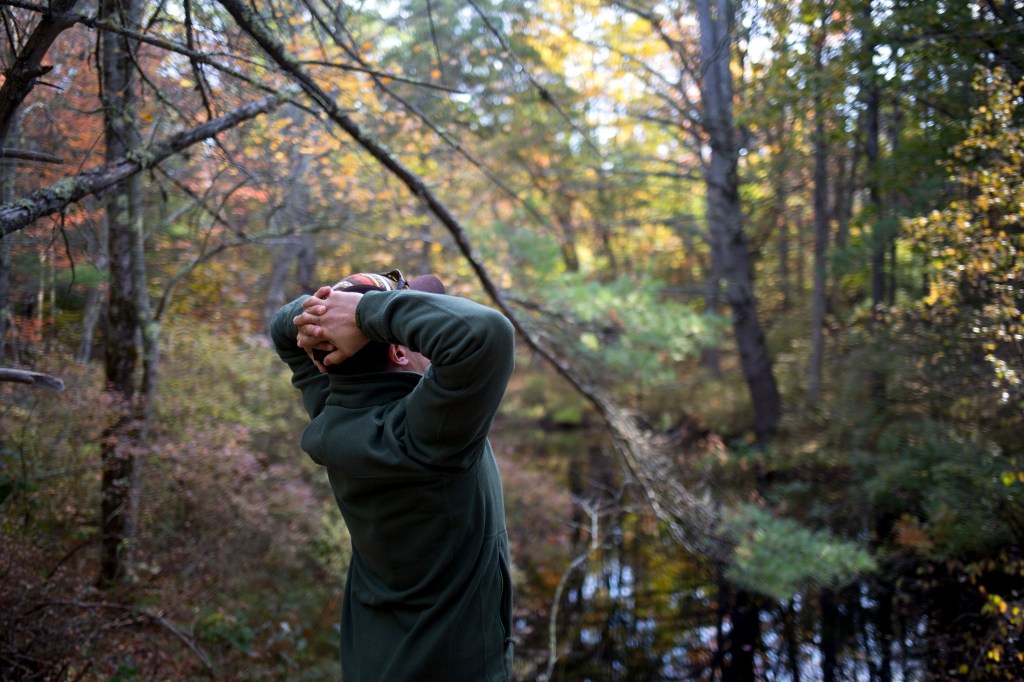
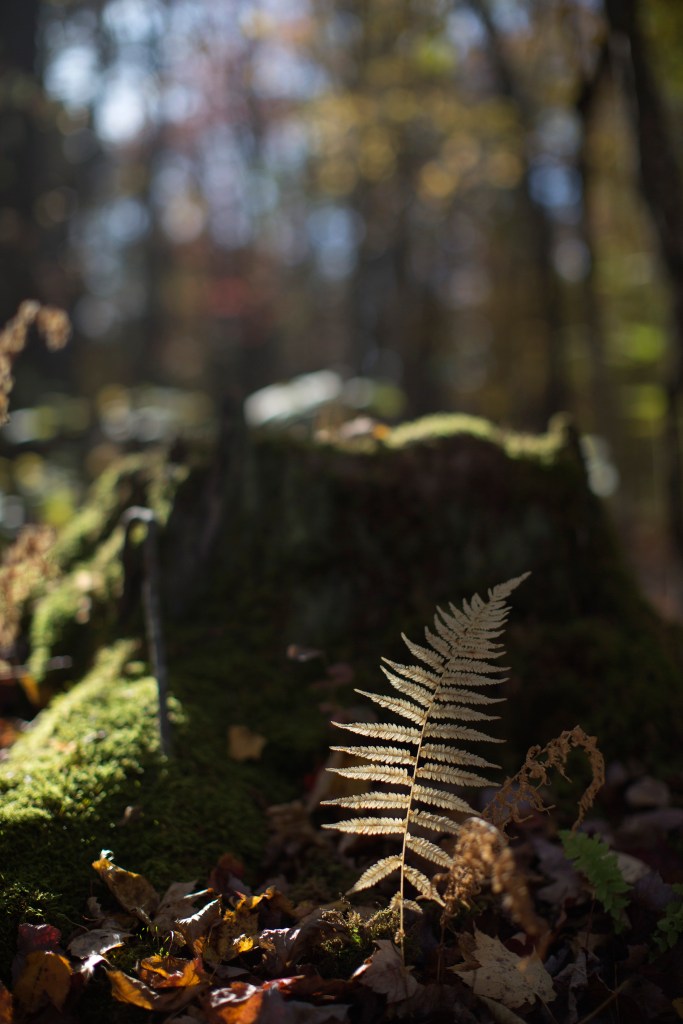
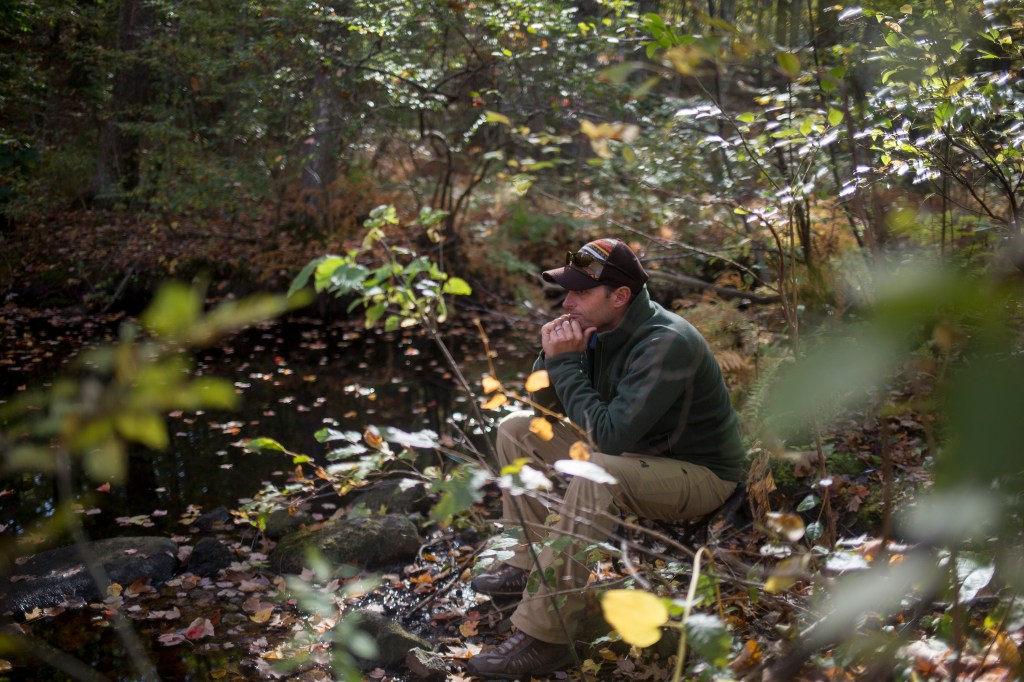

Success. Please wait for the page to reload. If the page does not reload within 5 seconds, please refresh the page.
Enter your email and password to access comments.
Hi, to comment on stories you must . This profile is in addition to your subscription and website login.
Already have a commenting profile? .
Invalid username/password.
Please check your email to confirm and complete your registration.
Only subscribers are eligible to post comments. Please subscribe or login first for digital access. Here’s why.
Use the form below to reset your password. When you've submitted your account email, we will send an email with a reset code.